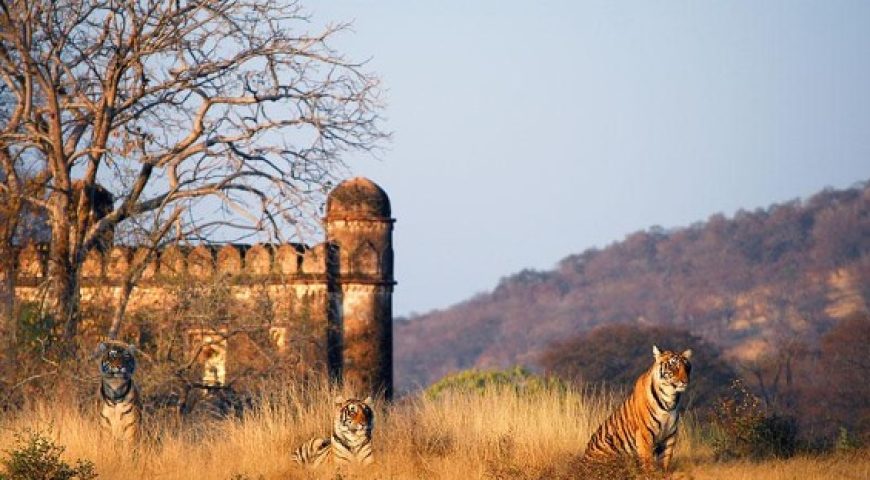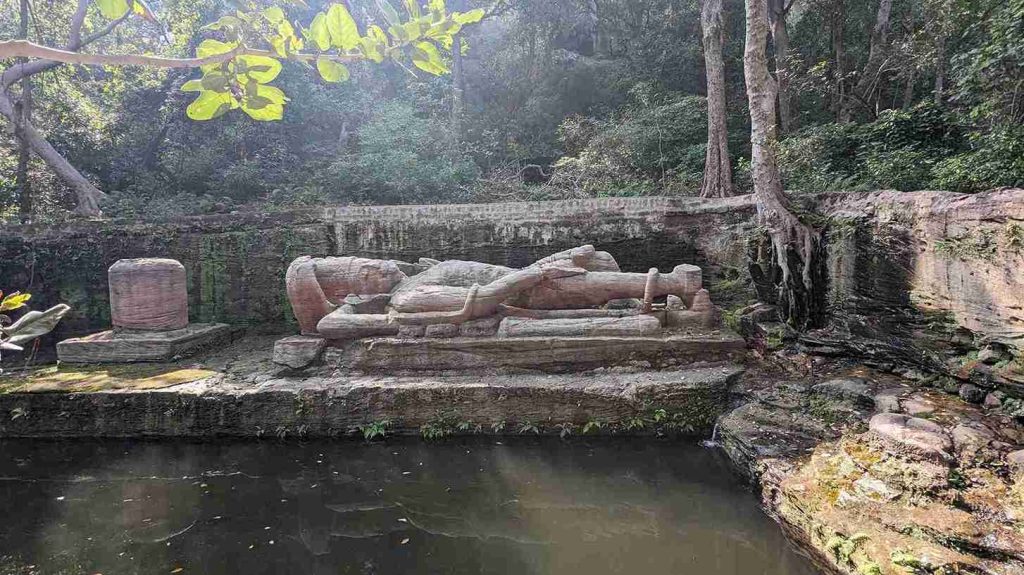
Exploring Bandhavgarh’s Ancient Forts: Where History Meets the Wild
When people think of Bandhavgarh National Park, the first image that comes to their minds is that of a tiger emerging from its dense Sal forests. We all know that Bandhavgarh is renowned for being one of India’s most premier destinations for tiger sightings and has earned a reputation for being a wildlife paradise. But its big cat population is not the only thing that Bandhavgarh is known for; it has another treasure hidden there in its midst. The ancient Bandhavgarh Fort and its stone carvings tell us about the myths and legends of forgotten dynasties of the past. Here, you will find history and wilderness sharing the same stage and creating a destination which is quite different from any other.
Bandhavgarh Tiger Reserve: More Than Just Wildlife
Bandhavgarh Tiger Reserve in Madhya Pradesh is world-famous for its healthy tiger population. This healthy tiger population has always drawn wildlife enthusiasts and photographers from all across the globe. But what makes this Bandhavgarh unique is how it has nature combined with culture. On a wildlife safari in Bandhavgarh, you will not only track tigers and leopards, but you can also explore ruins, sculptures, and fort walls hidden deep within the jungle.
The Ancient Bandhavgarh Fort and Its Myths
The Bandhavgarh Fort is situated high up on a hill in the heart of the park. The Fort is believed to have been more than 2,000 years old. The local legends tell a story that comes from the Indian Epic of Ramayana. It is said that this fort was a gift from Lord Rama to his younger brother Lakshmana after their victory in Lanka. That is the legend which is said to be from where the fort gained its name “Bandhav-Garh”, which means Brother’s Fort.
For centuries, the fort has served as a seat of power for many rulers of Central India. These rulers include the rulers from the Baghel dynasty and other rulers from kingdoms even before that. Today, the fort is in ruins, but it still holds immense cultural and spiritual significance, blending mythology with history in a manner that is uniquely Indian.
Architecture of Bandhavgarh Fort: Ruins in the Wild
The ruins of Bandhavgarh Fort are scattered all across the hilltop and the entire forest of Bandhavgarh National Park. The mighty nature of the fort can be felt when you see its hidden chambers, high rising defensive walls, and huge gateways. You can see the endlessly stretching panoramic vies of Bandhavgarh National Park from the top of the Hill. This used to be a vantage point that was used as an important strategic military post.
You will experience a surreal feeling when you walk among the Ruins of Bandhavgarh Fort. When you see the wild vines reclaiming the walls, the monkeys darting across mossy stones, and the tigers roaring below will remind you that the place where you are is not just an archaeological site, but a thriving wilderness.
Bandhavgarh Stone Carvings and Vishnu Statues
The Rock-cut sculptures are perhaps the most awe-inspiring relics of the history of Bandhavgarh. The Shesh Shaiya is probably the most famous amongst them all. It is a colossal 35-foot-long reclining statue of Lord Vishnu which depicts him resting on the serpent Ananta. The statue is surrounded by streams and dense greenery. This makes this sacred spot a highlight of their trip for visitors.

There also are many other carvings that depict many other incarnations of lord Vishnu amongst other intricate stone reliefs of other deities. These sculptures are not only religious artefacts but also masterpieces of ancient craftsmanship, offering a glimpse into the spiritual heart of Bandhavgarh.
Visiting Bandhavgarh Fort: A Safari into History
What makes Bandhavgarh Fort unique among other forts in India is that it can only be accessed as a part of a safari within the tiger reserve. You will need Special permissions from the forest department if you want to make your visits even more exclusive.
The trek to the fort is an adventure in itself. You have to drive through dense forests, while spotting wildlife, and finally climb up to the ruins to get there. The best time to visit is between October and June, when the park is open for safaris. Bandhavgarh is truly an unforgettable experience as it combines a wildlife safari with an historical exploration.
Conservation of Bandhavgarh History and Heritage
Bandhavgarh is more than just a tiger reserve—it’s also a heritage site that demands preservation. While the Archaeological Survey of India (ASI) and the forest department work to protect the fort and its carvings, challenges remain. Natural weathering, encroaching vegetation, and unregulated tourism pose risks.
Sustainable tourism plays a crucial role here. Visitors are encouraged to explore responsibly, respecting both the wildlife and the monuments, ensuring that Bandhavgarh’s history is preserved for generations to come.
Bandhavgarh’s Legacy: Beyond the Safari
Bandhavgarh is often celebrated as one of the best places see tigers in the wild—but it is also a place where history comes alive among the forests. The Bandhavgarh Fort, Vishnu statues, and ancient stone carvings turn this national park into a living museum, where myths breathe alongside the roar of the jungle.
For travellers, Bandhavgarh is not just a safari—it’s a journey into India’s layered past, where every tiger trail and temple carving tells a story waiting to be discovered.

